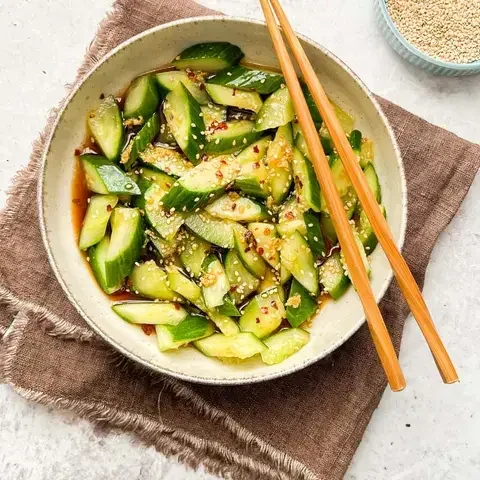Cook the strozzapreti in plenty of boiling salted water.
Are you used to putting oil in fresh pasta water? This is a false myth. To prevent the fresh pasta from sticking while cooking, just pay attention to the cooking time and, above all, drain it with a slotted spoon without pouring it into a colander.
Recipe Variants
There are many variations of the Romagna strozzapreti recipe, but they all concern the dough. Add chopped spinach to obtain green strozzapreti, blended beetroot or tomato for the red strozzapreti, and a sachet of saffron to obtain a bright yellow strozzapreti.
In addition to those from Romagna, there are also traditional strozzapreti from other regions of Italy. This is the case of Tuscan strozzapreti (also called gnudi) which are nothing more than small balls made with the filling of ravioli; strangolaprevati from Salento which are potato gnocchi to be seasoned with ricotta; strangolapreti from Trentino, small dumplings made with spinach, eggs, flour and cheese topped with traditional Alto Adige speck, and finally, strozzapreti or Umbrian strangozzi, a fresh pasta with a rectangular section to be dressed with truffles.
History and curiosity
Like all traditional recipes, even the Romagna strozzapreti has a history that, handed down from verbally over the years, has taken on different nuances. Some argue that in the period of the Papal State in Romagna, the priests imposed very high taxes often paid with eggs and other products from the farms. Thus, the housewives (adzore in dialect) invented the recipe for this pasta whose dough did not include the use of eggs, just water and flour.







